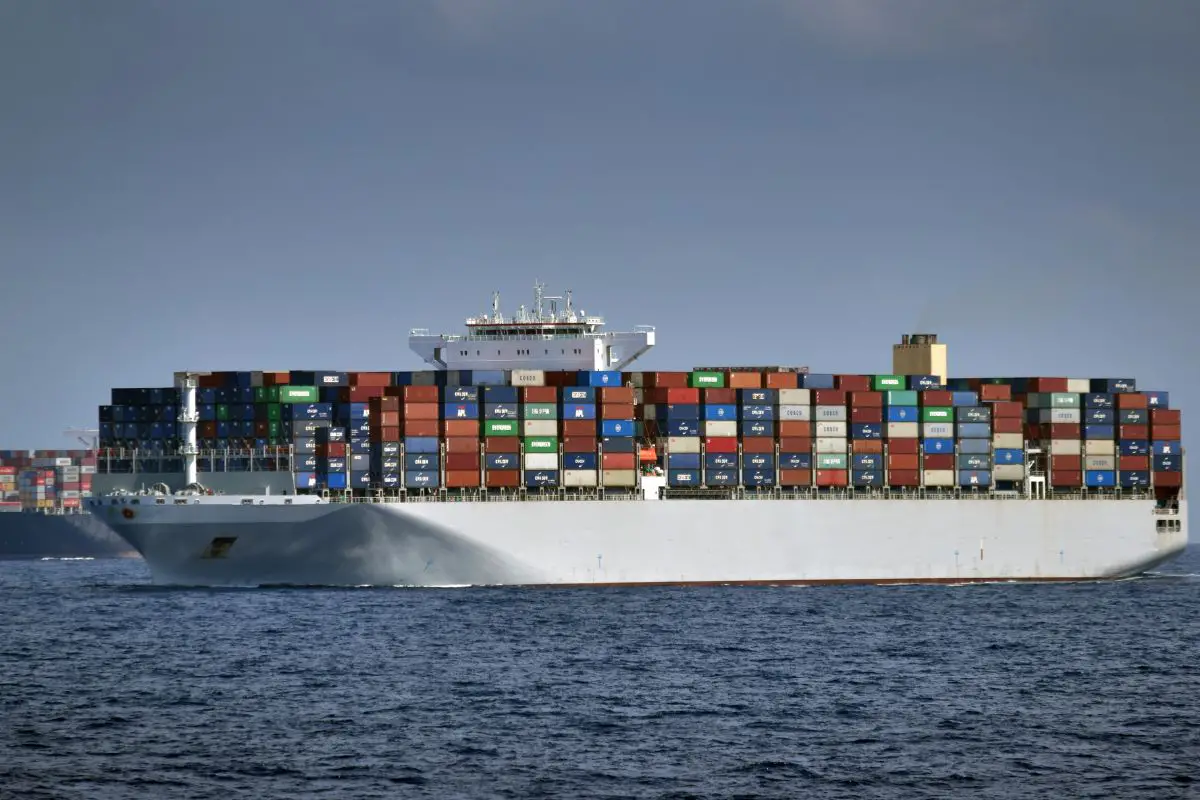Supply chains represent the stages involved in bringing products to consumers. For instance, a special supply chain is involved in the process of bringing coffee to consumers. In this article, you’ll learn more about the coffee supply chain.

The Links Involved
The supply chain of coffee involves several links or levels in its production process. These links include:
- Growers
The growers involved in the supply chain of coffee are mostly small-scale. They typically grow coffee plants on 1 to 2-hectare farms. Besides growing coffee, the farmers also harvest coffee beans and do preliminary processing. Preliminary processing involves drying or hulling coffee beans depending on the grower’s method.
- Processors
Processors refer to the growers who own proper processing equipment such that they fully process harvested beans from the start to completion. Sometimes, processing is a combined effort between coffee growers, other coffee processors, and cooperatives where every group makes contributions for processing equipment. Thus, every group has equal access to the processing equipment at their chosen site.
- Intermediaries
Intermediaries refer to the links involved in different stages of coffee production. They’re involved in stages such as buying, transportation, and selling. A single supply chain can include as many as five intermediary links.
- Government agents
The entire coffee production process includes government agents, especially in coffee-producing countries where coffee trade is controlled by the government. Ethiopia and Kenya are good examples of top coffee-producing countries where government agents control coffee trade. Government agents are mostly responsible for purchasing coffee from coffee processors. They sell the coffee for export through auctions.
- Exporters
The role of exporters is to buy coffee from auctions or cooperatives and sell them to brokers/suppliers. Exporters have immense experience in buying coffee beans. They’re trained in picking out top-quality beans based on what they know about the local vendors and location.
- Brokers/suppliers
Brokers/suppliers sell beans to coffee roasters at an agreed price and quantity.
- Roasters
The role of roasters is to carry out the coffee roasting process. Most roasteries sell roasted coffee beans or ground coffee from their stores to the public. They also ship roasted beans or ground coffee to restaurants, cafes, hotels, and grocery stores among other coffee retailers.
- Retailers
Retailers are outlets that sell coffee products. Some retailers are big chain restaurants and grocery stores while others are small scale such as independent boutiques, specialty stores, and catering organizations.
A Breakdown of the Coffee Supply Chain
Here’s the process involved in getting coffee from the farm to the table:
Step 1– Growers harvest coffee.
Step 2– Growers send the harvested coffee for processing, also known as milling. Some farms process their own coffee if they own coffee processing equipment. Coffee processing may involve wet processing or hulling and drying based on the processing technique used for the specific type of coffee or the processing technique the grower uses.
Step 3– Once shelling is done to perfection, the resultant product is green beans. Thereafter, the processed beans are bought by exporters. Exporters ship them to brokers/suppliers who then sell them to roasters.
Step 4– Roasters roast the beans based on the desired roast such as light roast, medium roast, or dark roast. Roasted beans are sold to consumers directly from the roastery or shipped to retailers.
Unique Coffee Supply Chains
There’re several links/levels involved in the supply chain. In some supply chains, the links may be fewer. However, regardless of how small or large the supply chain might be, it’s important for each link to have a strong role in its supply chain. Also, every link has a special responsibility. All links are equally important as they all contribute to the process of bringing coffee from a coffee farm to your kitchen table.
Related Articles